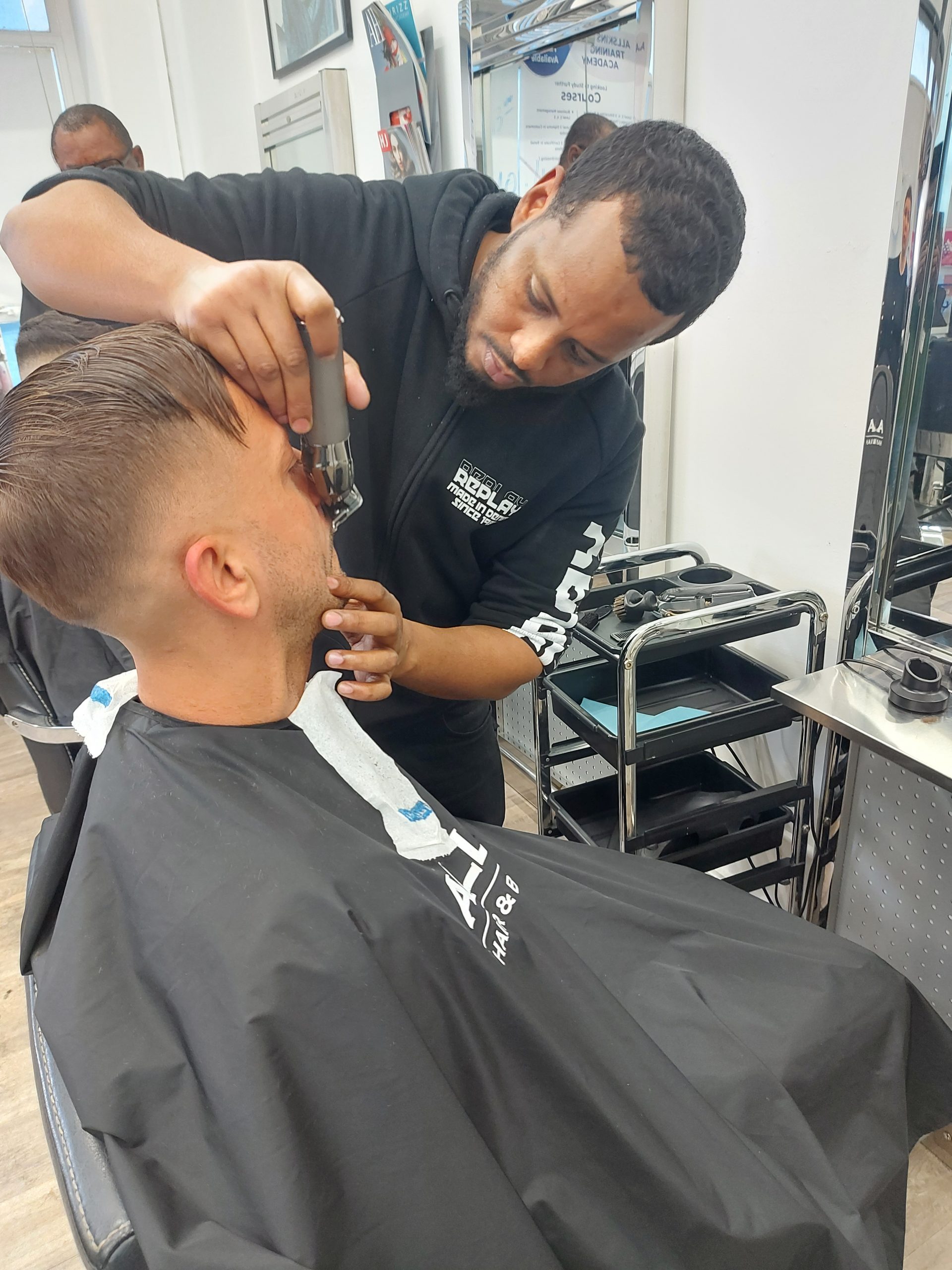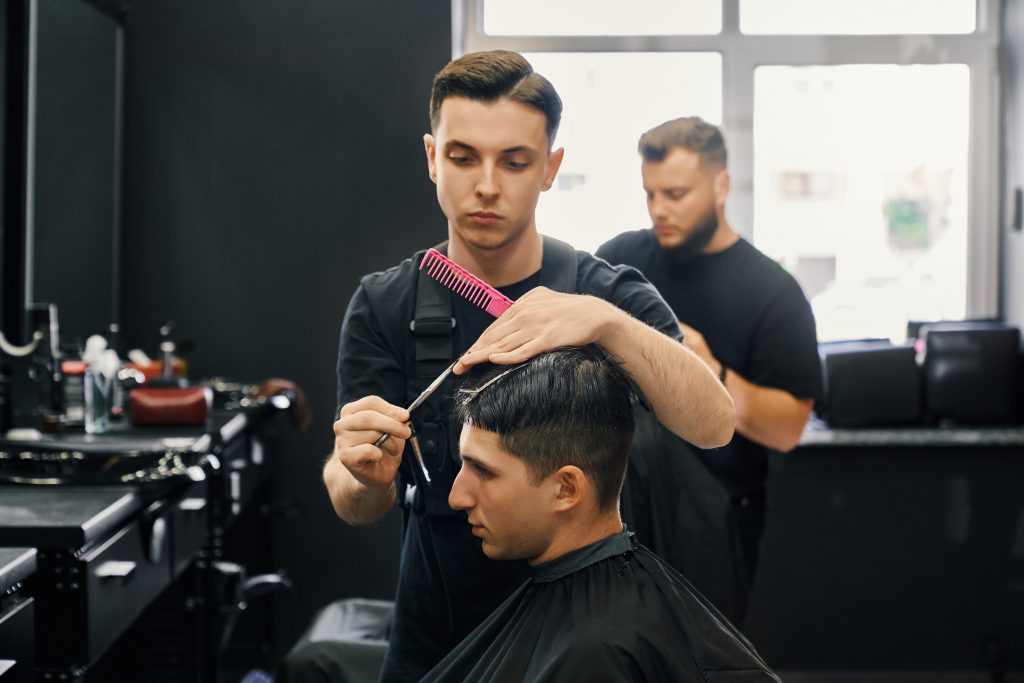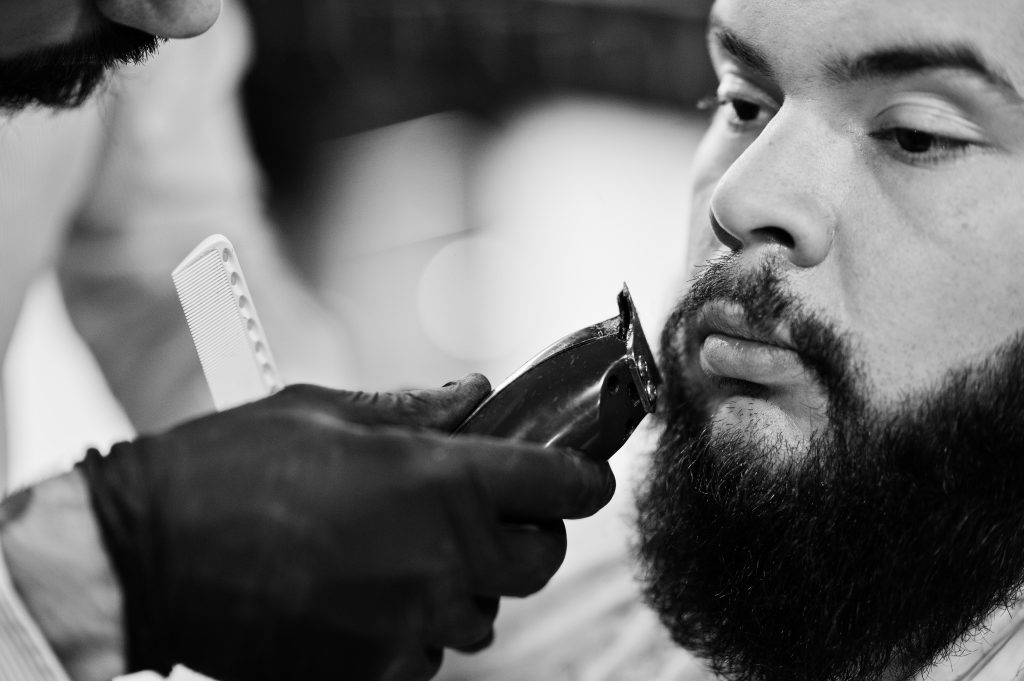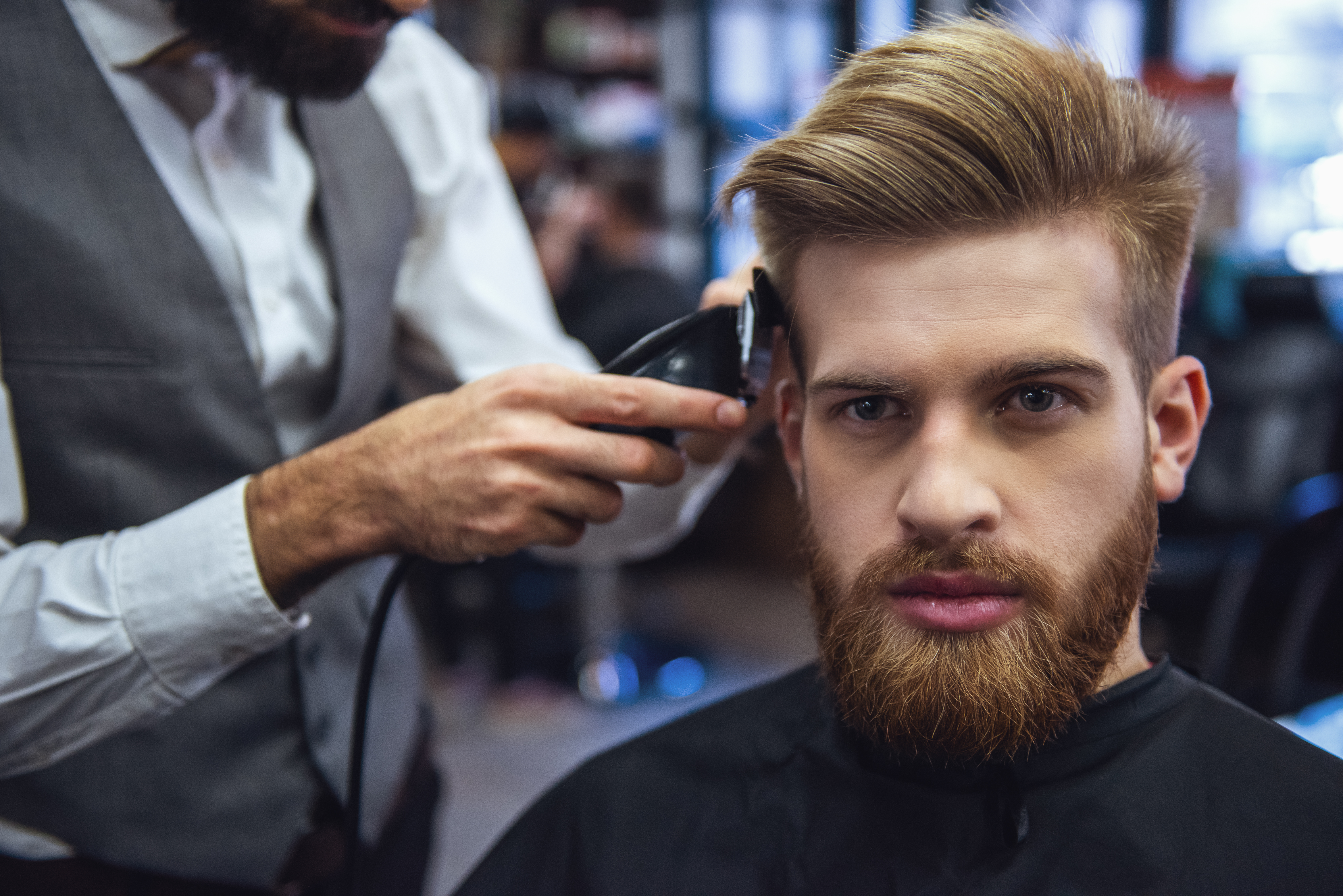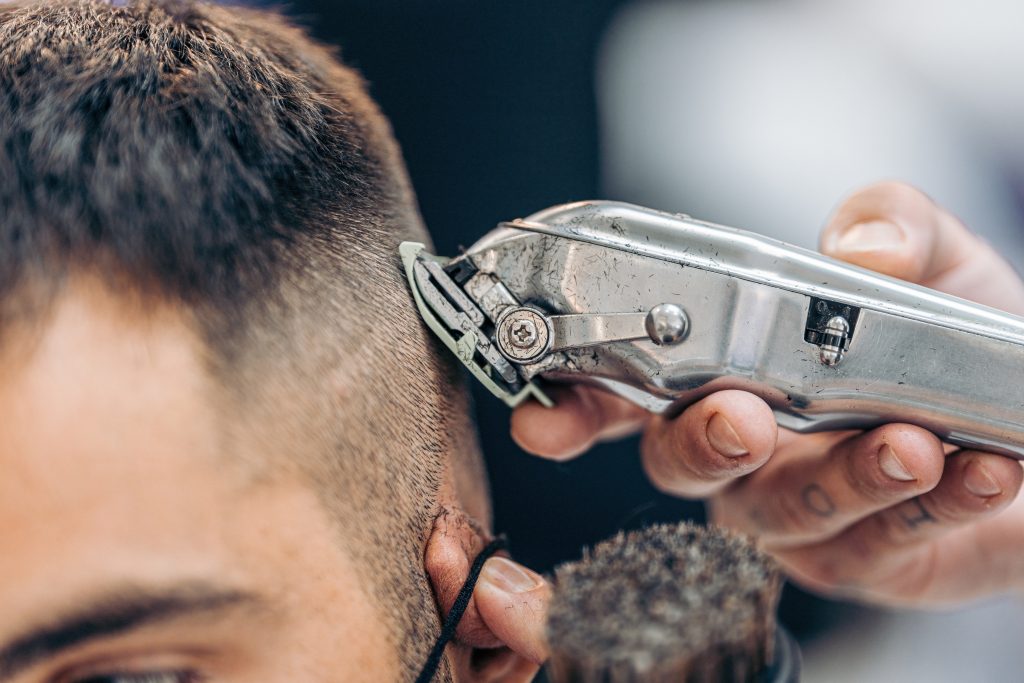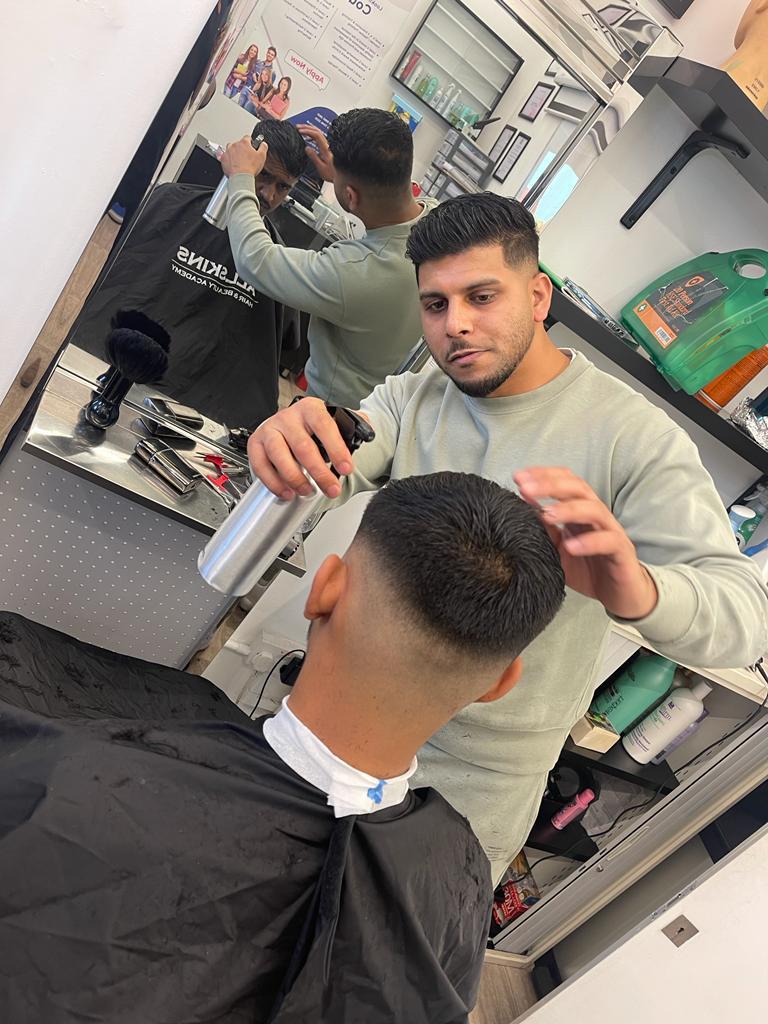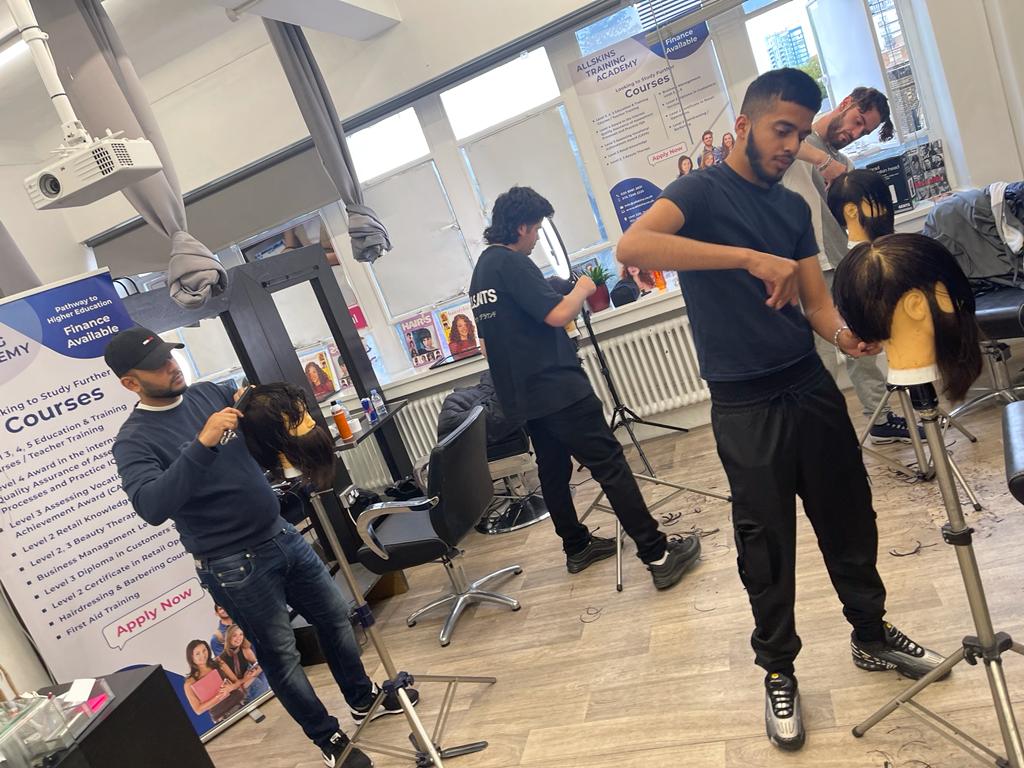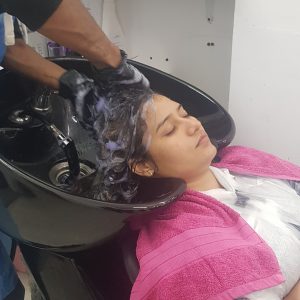Know About the Skill of Barbering Hair
What You Need to Know About Learning the Skill of Barbering Hair
1. Introduction: Mastering the Art of Hair Cutting: What You Need to Know
Barbering hair is an art form that requires a combination of skill, precision, and creativity. Being able to transform someone’s appearance through the mastery of hair cutting techniques is not only fulfilling, but it can also be a lucrative career path. In this article, we will explore the key considerations for acquiring the skill of barbering hair, providing you with valuable insights and guidance on how to embark on this transformative journey.
2. Equipment Needed: Essential Tools for Hair Cutting
Before diving into the intricacies of barbering hair, it is important to understand the essential tools you will need. A reliable pair of scissors, clippers, combs, and a cutting cape are the basic tools every barber should have in their arsenal. Additionally, investing in high-quality tools such as thinning shears, straight razors, and trimmers can significantly enhance your ability to deliver precise and professional haircuts.
3. Preparation: Preparing for Hair Cutting
Preparing for a haircut involves more than just having the right tools. It is important to create a comfortable and inviting space for your clients, ensuring that they feel at ease throughout the process. Maintaining a clean and organized workstation, having a sterilization routine for your tools, and providing a pleasant atmosphere will demonstrate your professionalism and dedication to your craft.
4. Technique: Different Hair Cutting Techniques
The art of barbering hair involves mastering various techniques to cater to different hairstyles and preferences. Understanding the fundamentals of hair cutting, such as sectioning, point cutting, and texturizing, will enable you to create clean lines and add texture to your haircuts. Additionally, learning advanced techniques like fades, undercuts, and layering will allow you to offer a wider range of styles to your clients.
5. Tools: Types of Hair Cutting Tools
In addition to the essential tools mentioned earlier, there are various specialized tools that can help you achieve specific hair cutting techniques. For example, using different clipper guards can create varying lengths of hair, while a razor comb can add texture and remove bulk. Exploring the multitude of tools available and understanding their purposes will expand your repertoire as a barber.
6. Maintenance: Taking Care of Hair Cutting Tools
Just like any other profession, maintaining your tools is crucial for optimal performance and longevity. Regularly cleaning, oiling, and sharpening your scissors and razors will ensure that they remain sharp and in excellent condition. Investing in a good-quality storage case or pouch to protect your tools from damage is also essential. Taking the time to properly care for your tools will not only save you money in the long run but also reflect your professionalism to your clients.
7. Tips and Tricks: Expert Advice for Hair Cutting
Seeking guidance from experienced barbers and industry professionals can provide invaluable insights and tricks of the trade. Attending workshops, watching online tutorials, and joining barbering communities can expose you to different perspectives and techniques that can enhance your skills. Never underestimate the power of continuous learning and staying up to date with the latest trends and techniques in the industry.
8. Finishing Touches: Completing the Hair Cutting Process
Completing a haircut involves more than just the act of cutting hair. Attention to detail is essential in ensuring that the client is completely satisfied with their experience. This includes offering a thorough consultation, understanding the client’s preferences, providing guidance on maintenance and styling, and ensuring the client’s comfort throughout the process. These finishing touches will leave a lasting impression on your clients and contribute to building a loyal customer base.
9. Conclusion: Wrapping Up the Art of Hair Cutting
Becoming a skilled barber and acquiring the art of hair cutting is a journey that requires dedication, practice, and continuous learning. By understanding the importance of hands-on training, selecting the right educational resources, and seeking mentorship opportunities, you can develop a strong foundation in barbering hair. Through honing your techniques, investing in quality tools, and maintaining them properly, you can gain confidence in your craft and unlock your true potential as a master barber. With passion, determination, and a commitment to excellence, you can embark on a fulfilling and rewarding career in the dynamic world of barbering hair.

